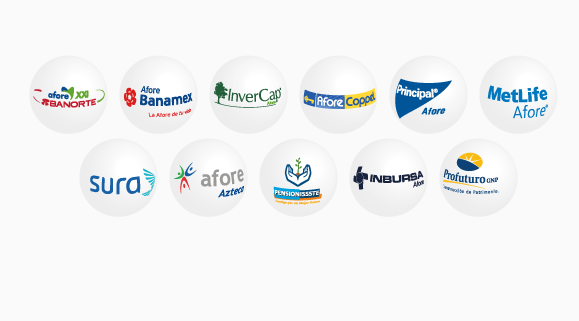The implementation of new regulatory requirements has led in recent months to a significant contraction in transfers carried out by the Afores. From an average of 165,094 monthly transfers in 2015, to 10,239 last June and 73,083 in July. The latter figure shows a recovery from the previous month, but do not reach even half the average transfers.
Until last year the business model most Afores was based on attracting a larger number of accounts and for this, recruited many promoting agents who were engaged in convincing workers to transfer their account, but not necessarily convenient for employee. Today this model is complicated.
In order to improve services to affiliated workers, in January last year, new surveillance checks, sales force supervision as well as new training criteria were implemented. The implementation has been gradual over 2015 and 2016. This led to a 10% drop in the sales force between January and October 2015 to locate in 42,070. As part of these changes, in May this year the use of biometrics, which means reducing the use of paper and incorporating digital, voice prints and digital signature which strengthens the verification of the identity of workers affiliated and security controls.
Practically since inception the pension system in Mexico (almost 18 years from November 1998 to July 2016), the figures show that 6 of 10 workers affiliated have been changed Afore. The data for the past 5 years show that the average transfer annual of the last 5 years is about two million workers annually representing nearly 4% of the 53 million registered accounts in the Afores, reflecting a significant reduction. Only between 2006 and 2010 the average transfer was 3.3 million workers annually that is a contraction compared to the current trend.

In the fall in transfers, only a couple of Afores have been able to recover such as Azteca, Profuturo and Sura which are above its monthly average affiliate of 2016. In June, for example, three Afores made no affiliation (Metlife, Invercap and PensiónISSSTE) and in July these three Afores don’t reach a thousand affiliations.
The cost of transfers
One point that has done much emphasis Consar refers to expenditure by the Afores for transfers which rose from 31% –vs. fee income in 2014–, to 26% in 2015. These resources could be used in a better way by Afores, such as investments in human capital in order to have better management and investment of resources.
According to Consar, 2015 figures show a new trend in transfers:
- The proportion of workers they are changed before a year permanence in the AFORE was 5%.
- Workers who are transferred between one and three years of stay was 31%.
- Workers who transferred after three years spent accounted for 64%.
- Young workers are most changed Afore (SIEFORE Basic 4), as it accounted for 40% of all transfers in 2015.
Dimensioned to organic growth (transfers) between the Afores, this will lead in the medium term search for mergers. Even should not rule out the possibility of strategic alliances which have not been seen between Afores.
Column by Arturo Hanono

